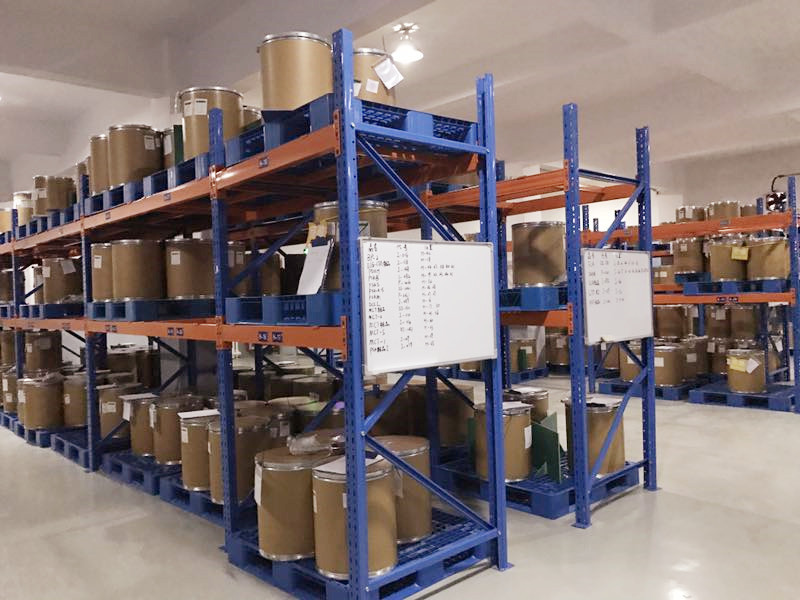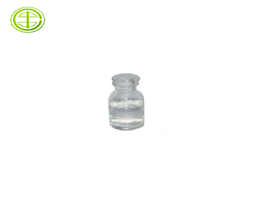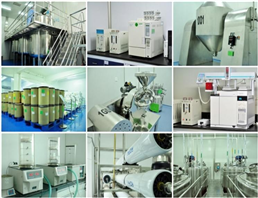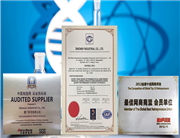Product Information

COA of Travoporst

Usage
Function of Travoprost
Glaucoma is a serious eye disease that threatens human health. It is a blinding eye disease that seriously threatens human visual function. It is the second most blind factor in the world. Its main features are increased intraocular pressure, optic nerve damage, decreased vision and visual field. Shrinkage, severe cases and even vision loss. At present, there is no direct treatment for glaucoma optic neuropathy. The main treatment is to control intraocular pressure and prevent further damage to the optic nerve function. Glaucoma local ocular pressure-lowering drugs have been focusing on the study of inhibiting the production of ciliary body aqueous humor and promoting the outflow of trabecular meshwork water. The drugs for treating glaucoma are mainly eye drops, including β-blockers and pseudo-sympathetic drugs. , Carbonic anhydrase inhibitors, α-receptor agonists, and prostaglandin (PG) analogs. PGs are a class of unsaturated 20-carbon Chemicalbook fatty acids derived from arachidonic acid. PGs, especially PGF2α, are currently considered to be the most promising and effective ocular local pressure reducing drugs. PG analogues such as PGF2α reduce the intraocular pressure by activating PGFP receptors. The combination of these drugs and the PGFP receptor initiates a series of biochemical reactions, opening the uveal sclera drainage pathway, increasing the outflow of aqueous humor, and thereby reducing intraocular pressure. PG analogs, especially PGFP receptor agonists, are a class of approved and effective new drugs for lowering intraocular pressure. Due to the good effect of lowering intraocular pressure, fewer adverse reactions, and fewer times of medication, they have become the main clinical eye drop Press drugs.
Travoprost is a new type of PG drugs, is an analogue of PGF2α, has a high selectivity and affinity for PGFP receptors, is a complete agonist, is by the US Food and Drug Administration (FDA) A PG drug approved in September 2006 for the treatment of primary open-angle glaucoma and ocular hypertension. The molecular structure of travoprost contains a pentene ring with α- and ω-carbon chains. The esters at the end of the α-chain help penetrate the cornea and decompose into free acids in the stroma of the cornea. FP receptors combine to reduce intraocular pressure by increasing the outflow of aqueous humor through the uveal scleral pathway.









 China
China



